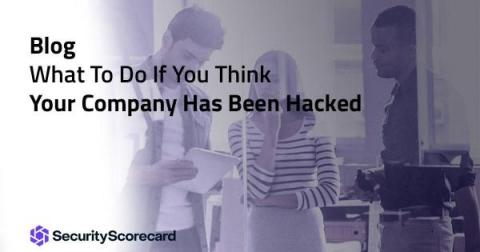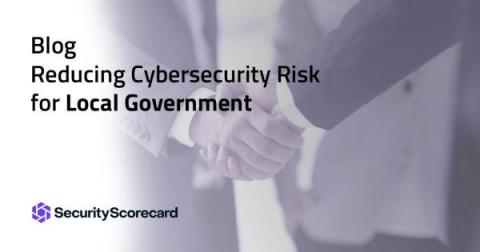What To Do If You Think Your Company Has Been Hacked
Nearly every day, it seems like you’re reading about another data breach in the news. Between ransomware attacks and nation-state actors, you can’t rely on the old “trust but verify” adage anymore. Cyber resilience isn’t about preventing all threats, it’s about creating a security program that allows you to identify, investigate, contain, and mitigate threats quickly and effectively.











